Russian muse, inspiring European artists
Whom they were inspired by Dali, Matisse and Picasso? Olga, Helen and Lydia. Take a look at the amazing portraits of Russian women, who for years have been companions of the greatest artists of the twentieth century.


Pablo Picasso. Portrait of Olga in an armchair. 1917 Picasso Museum, Paris, France.
Muse wedlock
"Portrait of Olga in an armchair," Picasso wrote at the beginning of their acquaintance. Fragile, elegant, reserved, melancholy - this was Olga Khokhlova, a ballerina of the legendary Sergei Diaghilev's troupe. She was fascinated by Picasso, so that for her 37-year-old at the time of an abstract change his style and returned to realism. After all, she asked him: "I want to recognize your face in portraits ..." And she went recognizable - and other portraits, and at the same time - very probably known.
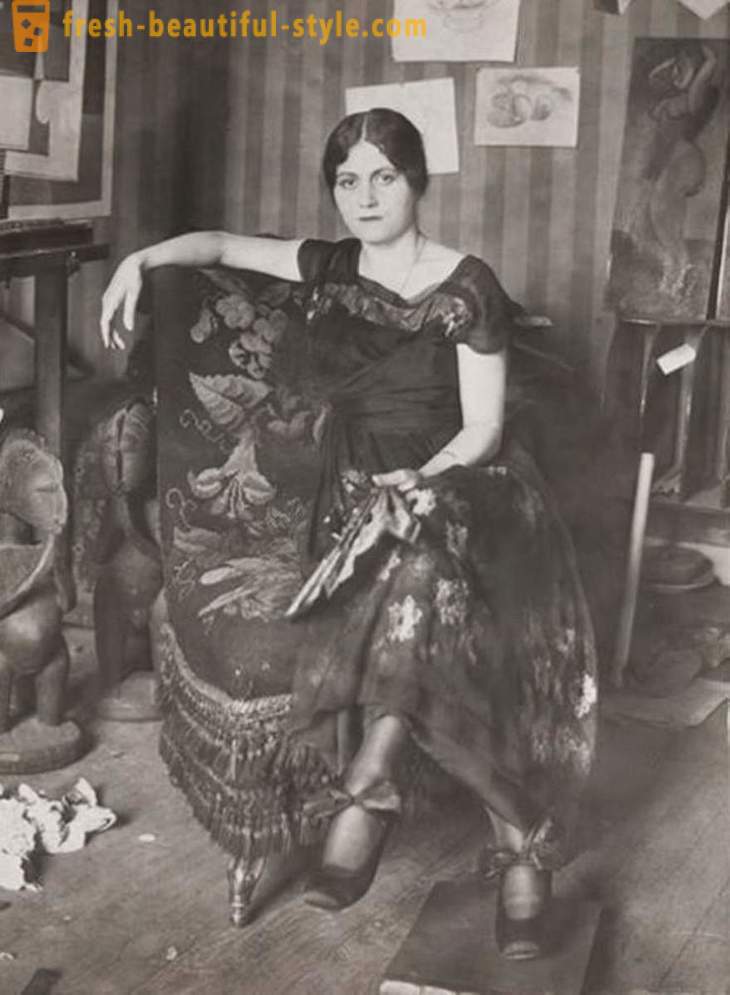
Olga Khokhlova in the chair. About 1917.
The film is based on a photograph of Olga Picasso in the studio, so we have a rare opportunity to compare how seeing her lover and an artist like - impartial camera. In all the portraits of the early years of their marriage Olga is the same as this, seen through the prism of love - thoughtful, airy, perfect. This "Russian soul".

Pablo Picasso. Portrait of Olga Khokhlova in Mantilla. 1917 Picasso Museum, Malaga, Spain.
However, there may be a genius to be content with a single muse? Picasso was enough for ten years. The farther away, the more irritated his wife. And now - no tenderness, the artist writes Olga is in the form of an old woman, in the form of a horse (in a series of paintings devoted to bullfighting). Or draws it in the abstract style that Olga so disliked. Picasso, a new hobby, and eventually Olga will not stand and leave. Divorce, she did not give - not to share the pictures. Until his death, it will remain the official wife of Picasso. But the muse cease to be.
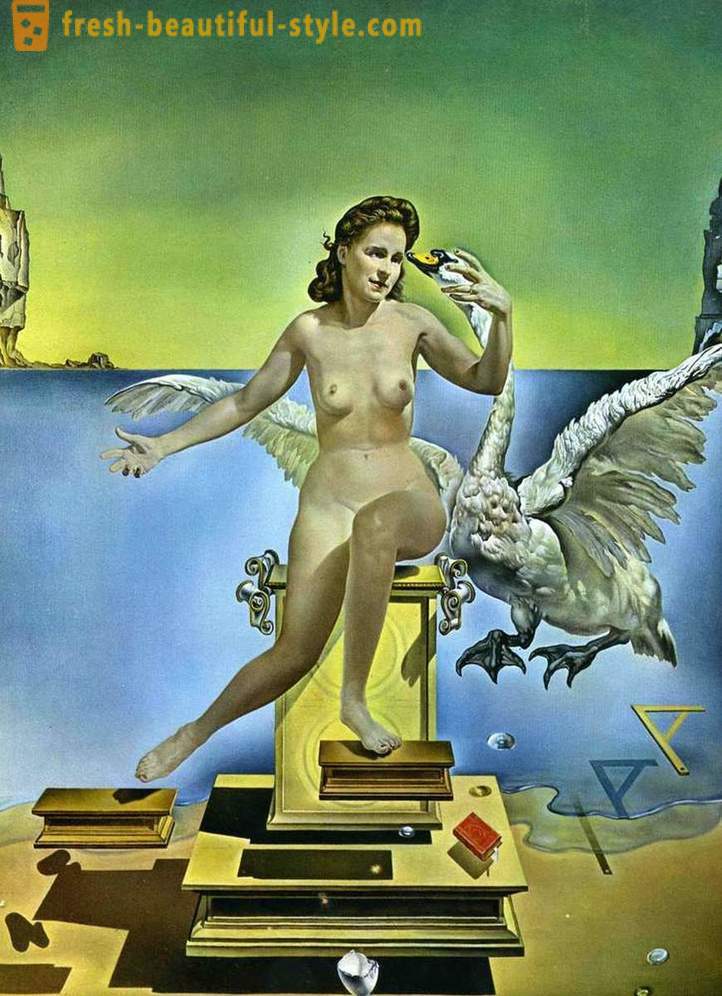
Salvador Dali. Leda Atomica. 1949. Dalí Theater-Museum, Figueres, Spain.
Muse's inner world
"Leda Atomica" - one of the most publicized works of Dali - was written several years after the atomic bombing of Japan. But for the great surrealist happening in the real world - just an excuse to talk about what happened in his inner world. And there reigned his wife, his grand gala. In the canvas, it becomes a new Leda, and the Dali - Jupiter, a swan, hovering close by and hardly touches the beloved. "Libido sublime experience" - so the artist will explain the image. Probably, their relationship can be described so.
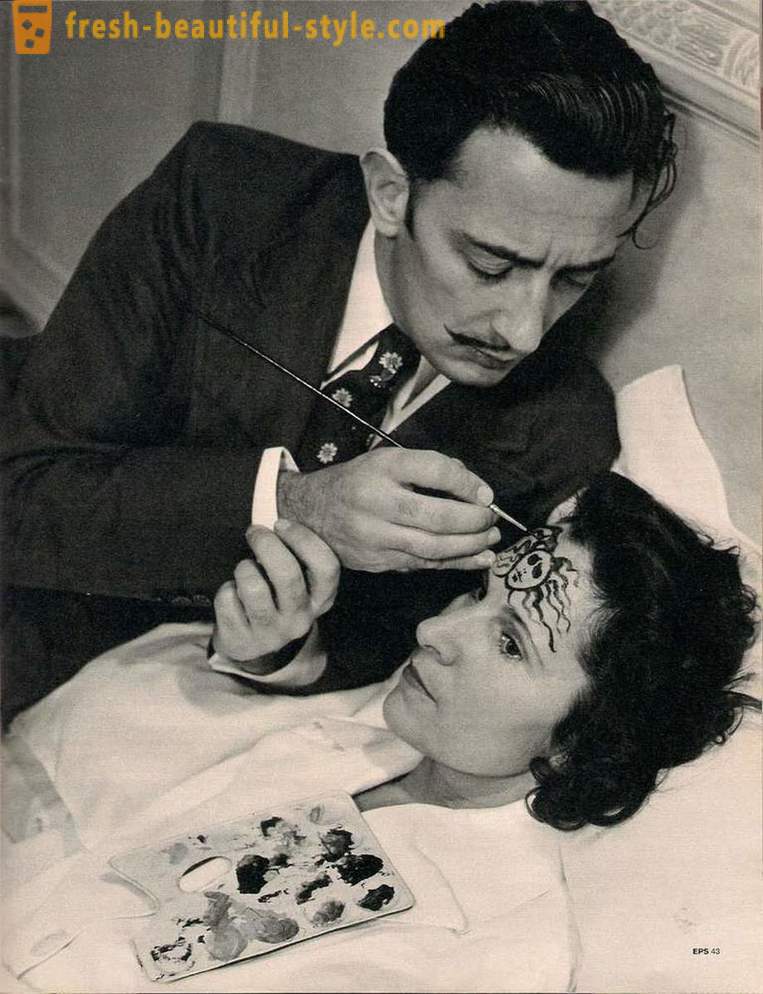
Salvador Dali and Gala.
Gala - the nickname, which translates as "holiday". And it was for the winner of their men real fireworks. Before meeting with the Dali managed to stay muse of the French poet Paul Eluard (and even marry him) and the German artist Max Ernst. But she did not hesitate to cast all for the sake of Dali, which at that time was her junior by ten years and is still not very famous. And he delighted she obeyed.
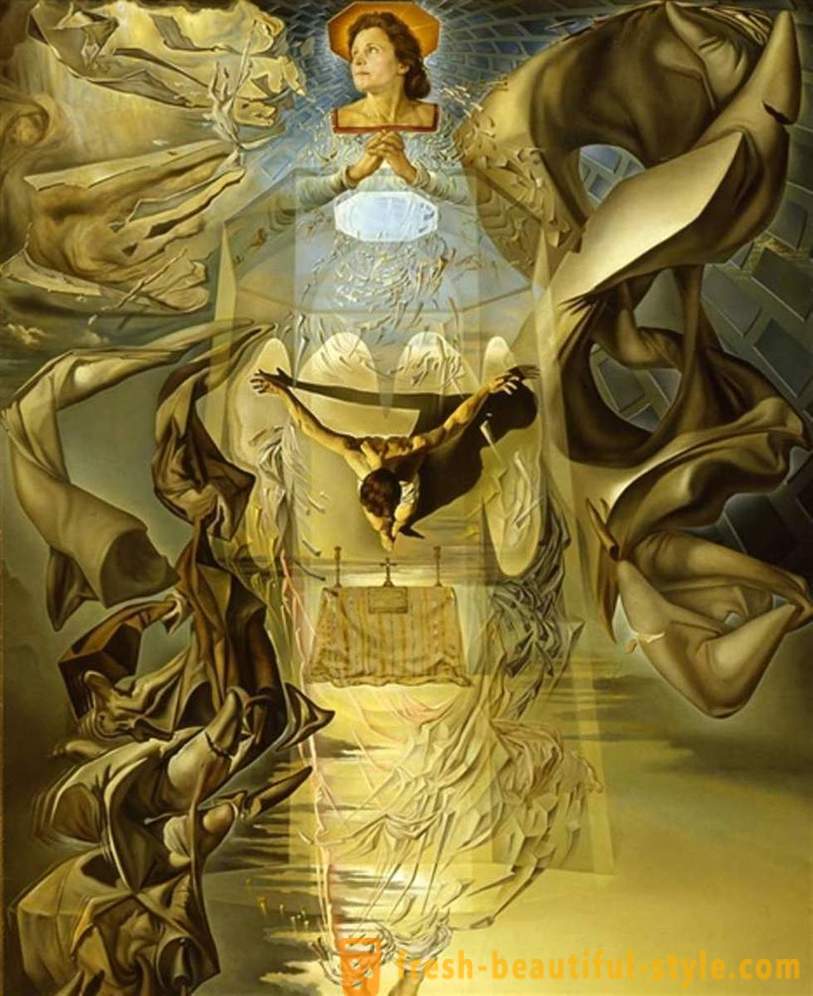
Salvador Dali "corpuscular ascension azure Madonna", 1952.
Gala will be for Dali's wife, secretary, manager, and even the babysitter - in short, everything. But, more importantly, it will become his muse. And if the artist in the picture we see a female image, you can be almost sure that it was her. Strangely whatever crazy world around it or dialed, she herself is almost always written realistically. You can poetically suggest that Gala and was the only true reality of Salvador Dali.
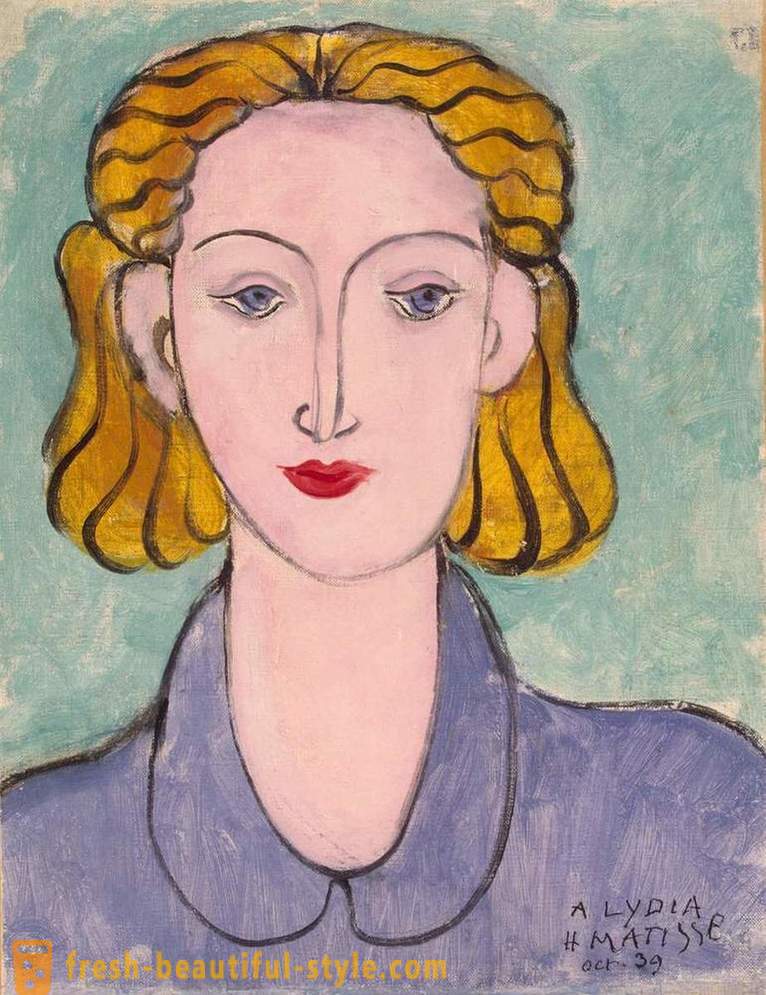
Henri Matisse. Girl in a blue blouse (Portrait of Lydia Delectorskaya). 1939. The State Hermitage Museum.
Muse happy old age
Portraits Lydia Delectorskaya so many that it is difficult to choose the most famous. Matisse himself admitted: "When I'm bored, I'm doing a portrait of Madame Lydia. I know her as any letter. " Here, for example, portrait, 1939, written at the beginning of World War II. Blond hair, blue blouse (judging from other paintings, the artist liked to paint it in blue). Quiet, soulful young face, which is not smiling lips and eyes. It is this portrait of Lydia once she has brought to the Soviet Union and gave it to the Hermitage. Picture of 1947, as presented to the Hermitage, at first glance, more abstract, simplified lines of the face - but a pretty girl's face is recognizable.
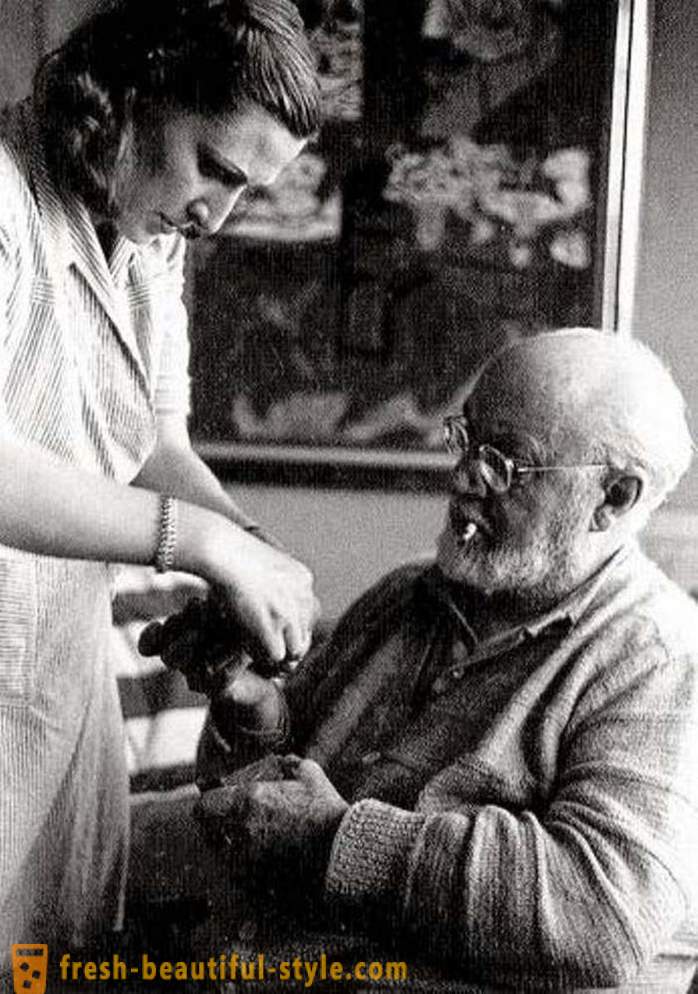
Henri Matisse and Lydia Delektorskaya.
Russian emigre Lydia, forced marriage after an unsuccessful search for a livelihood, knocked on the door of Matisse's studio in search of work in 1932, when she was 22. She was lucky to become assistant master, secretary, and in addition, a nurse and his wife with a disability. Hardly then, having become acquainted with the 65-year-old maestro, it could suggest that would become his favorite model, muse and so close to a man, that, later admitted, "I was in the course of 20 years," the light of his eyes, "but it is for me - the only meaning of life. "
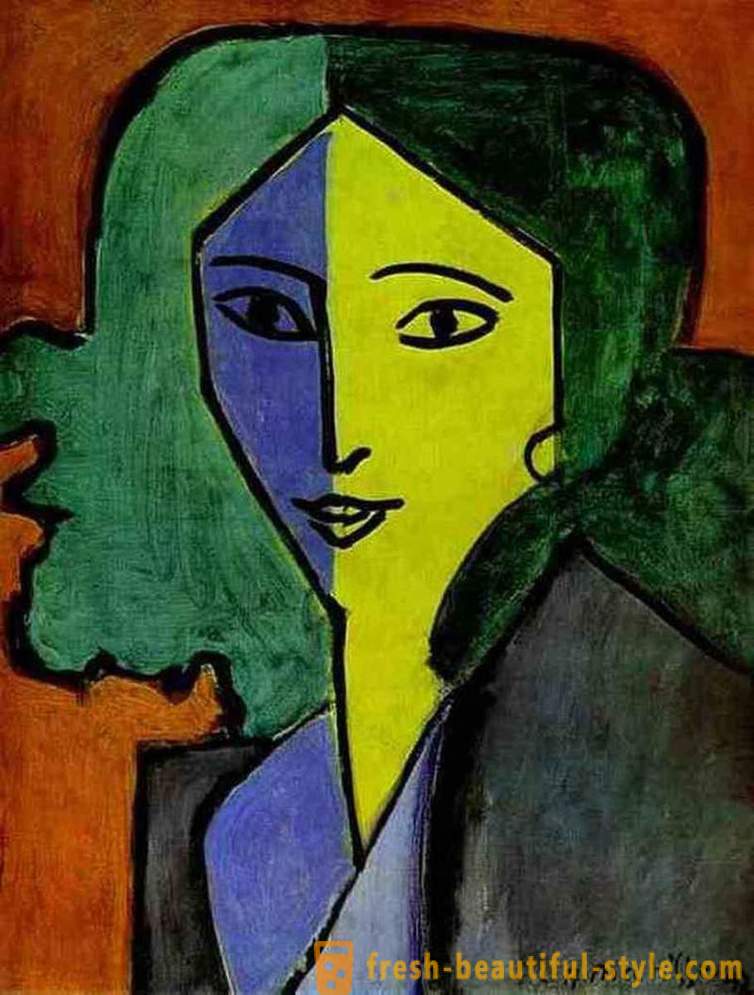
Henri Matisse. Portrait of Lydia Delectorskaya. 1947. The State Hermitage Museum.
"Friend and helper", which the artist loved, received from him not only salary, but also gifts that have become invaluable over time - their work. After his death, Lydia lived a long life, but never could forget Matisse. And even if she had left Russia as a child, it is home of Lydia Delektorskaya gave his "matissovskuyu" collection, not only his paintings and drawings, but also shirts and jewelry, which she posed to the master, as well as his personal belongings. On her tombstone is inscribed in Pavlovsk: "Matisse retained her beauty for eternity."













































